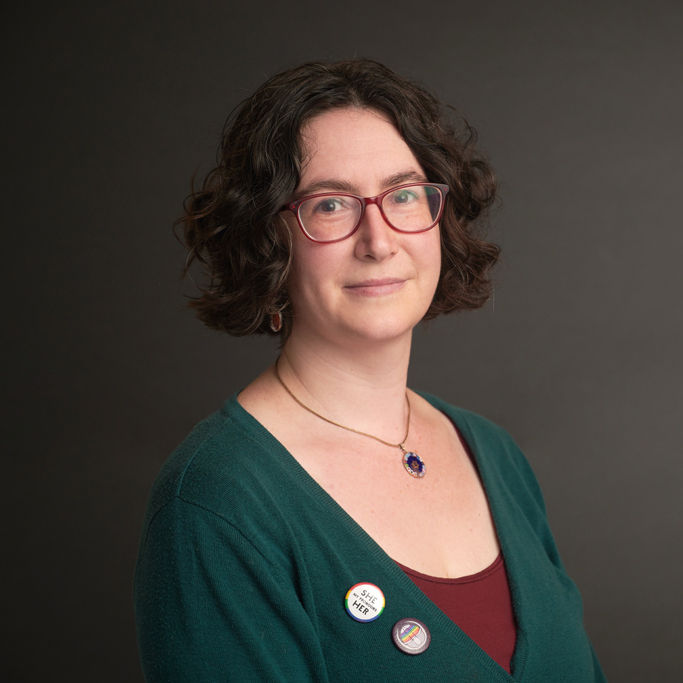My research focuses on marine biogeochemistry and the mechanisms that enable the ocean to absorb carbon dioxide from the atmosphere. On human time scales of decades to centuries, the ocean is the ultimate carbon sink, having absorbed ~40% of anthropogenic carbon emissions to date. However, the rates and mechanisms of ocean carbon uptake remain difficult to quantify or mechanistically predict, leading to uncertainty in how climate change will modify the ocean carbon sink and how those changes will feedback on future changes to global climate.
My research combines field measurements at sea, biogeochemical sensor data from autonomous moorings and robots, satellite observations, and global climate model simulations to improve our understanding of the ocean carbon cycle. These approaches enable us to determine the current rate at which the ocean exchanges carbon dioxide with the atmosphere due to biological, chemical, and physical processes, and to improve mechanistic understanding of the past, present, and future drivers of ocean carbon uptake.
Current Graduate Students and Projects
- John Supino: Constraining salt marsh carbon cycling using autonomous biogeochemical measurements at the Seven Mile Island Innovation Laboratory
- Margaret Yoder: Constraining the mixed layer carbon budget in the Irminger Sea using autonomous mooring observations
Recent Alumni and Projects
- Jose Cuevas: Seven-Year Time-Series of Particulate Organic Carbon Flux in the Subpolar North Atlantic from Ocean Observatories Initiative Bio-Optical Data
Selected Recent Publications
(* = Boston College student and postdoc co-authors)
- Yoder, M. F.*, Palevsky, H. I., & Fogaren, K. E*. (2024). Net community production and inorganic carbon cycling in the central Irminger Sea. Journal of Geophysical Research: Oceans, 129(7), e2024JC021027. https://doi.org/10.1029/2024JC021027.
- Palevsky, H. I., S. Clayton, H. Benway, M. Maheigan, D. Atamanchuk, R. Battisti, J. Batryn, A. Bourbonnais, E. M. Briggs, F. Carvalho, A. P. Chase, R. Eveleth, R. Fatland, K. E. Fogaren*, J. P. Fram, S. E. Hartman, I. Le Bras, C. C. M. Manning, J. A. Needoba, M. B. Neely, H. Oliver, A. C. Reed, J. E. Rheuban, C. Schallenberg, I. Walsh, C. Wingard, K. Bauer, B. Chen, J. Cuevas*, S. Flecha, M. Horwith, M. Melendez, Tyler Menz, S. Rivero-Calle, N. P. Roden, T. Steinhoff, P. N. Trucco-Pignata, M. F. Vardaro, M. Yoder* (2024) A Model for Community-driven Development of Best Practices: The Ocean Observatories Initiative Biogeochemical Sensor Data Best Practices and User Guide. Frontiers in Marine Science: Best Practices in Ocean Observing. 11, 1358591. https://doi.org/10.3389/fmars.2024.1358591.
- Henson, S. A., C. Laufkötter, S. Leung, S. L. C. Giering, H. I. Palevsky, & E. L. Cavan (2022). Uncertain response of ocean biological carbon export in a changing world, Nature Geoscience, 15(4), 248-254, https://doi.org/10.1038/s41561-022-00927-0.
- Palevsky, H. I. and S. C. Doney (2021). Sensitivity of 21st century ocean carbon export flux projections to the choice of export depth horizon, Global Biogeochemical Cycles, https://doi.org/10.1029/2020GB006790.
- Quay, P. D., S. Emerson, and H. I. Palevsky (2020). Regional Pattern of the Ocean’s Biological Pump Based on Geochemical Observations. Geophysical Research Letters, 47, https://doi.org/10.1029/2020GL088098.


